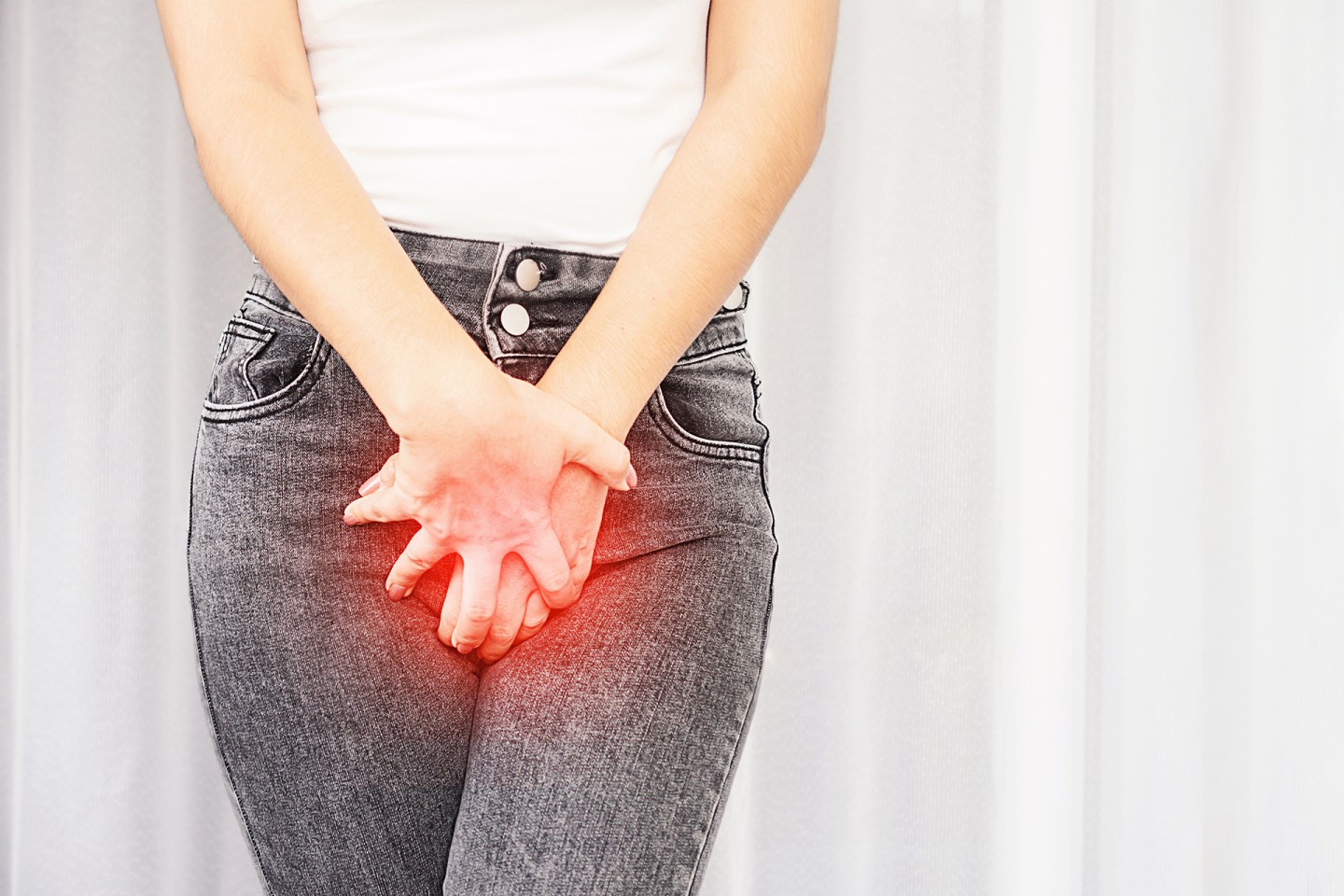Common Triggers and Causes of Yeast Infections and How to Avoid Them
Even though yeast infections typically don’t lead to other health complications, no one wants the discomfort that comes with one. While you may not always be able to prevent yeast infections from occurring, understanding why and how they arise—as well as how easy they are to treat—can help you avoid or limit symptoms.
Why Do Yeast Infections Occur?
Yeast infections arise when the balance of good bacteria in the vagina gets disrupted (allowing fungus that lives there naturally to grow) or when hormones or trapped moisture cause an overgrowth of yeast.
Yeast is essentially a fungus. The fungus called “candida” lives in your vagina, digestive tract, and mouth. Usually, it stays in balance as the bacteria in your body helps to keep its growth under control. When there is not enough “good” bacteria keeping yeast in check, you can end up with a yeast infection. Many things can cause this to happen.
Common causes of yeast infections
Simply put, anything that can throw off the natural balance of yeast and bacteria inside the vagina to cause a yeast infection. This includes:
- Not changing out of wet or sweaty clothes quickly enough
- Wearing non-breathable fabrics or too-tight pants often
- Regularly consuming foods and drinks high in sugar
- Having diabetes that is not controlled
- Taking certain medications (steroids, birth control pills, antibiotics)
- Using products (e.g. scented tampons) that can upset the normal balance of the vagina
- Being pregnant
- Sexual activity


Do you have a yeast infection?
Answer a few questions and find out what your symptoms mean.
Ways to Prevent Yeast Infections
Understanding the causes of yeast infections can help you prevent them. For example, if you like to swim or workout often, be sure to have a towel to dry off after and a change of clothes handy. This includes replacing sweaty underwear with dry ones after a workout. If you go to the gym for your lunch break from work, either bring underwear specifically for exercising or change into a clean pair after, whether you shower after exercising or not.
Other steps you can take to prevent a yeast infection include:
- Wear cotton underwear and loose-fitting clothing.
- Consume foods and drinks that are low in sugar.
- Take steps to better manage your diabetes and keep blood sugar levels under control.
- Talk to your doctor about risks for yeast infection if you take birth control pills, are undergoing chemotherapy, or have been prescribed steroids or antibiotics.
- Avoid feminine powders, sprays, and other products that are not gynecologist tested and approved.
Stick with unscented toilet paper, tampons, and pads that won’t irritate such a sensitive area. Avoid using scented body washes, soaps and bath soaps near or in your vaginal area if they are not specifically made and approved for this use.
Because having sex with any sort of vaginal penetration introduces new bacteria from your partner into your delicately balanced vagina, this disruption can trigger a yeast infection. Prevention includes using only sex toys that have been cleaned, using water-based lubricants (instead of silicone- or oil-based ones), and avoiding the genital area if either one of you has a yeast infection.
How to Know if You Have a Yeast Infection
If you have a mild yeast infection, you may not even notice—especially since there’s typically not an unusual odor. But once you have symptoms, you will want them to go away quickly. Symptoms of vaginal yeast infections can include:
- Itching, burning, redness or swelling in your vagina and vulva area
- Vaginal pain while peeing or having sex
- Discharge from your vagina that is thick, white, and lumpy like cottage cheese
It can be tough to tell the difference between a yeast infection and a sexually transmitted infection (STI) or other vaginal infection. So, especially if you have never had a yeast infection before, talk to your doctor if you are not certain.
Also, if you have a fever, rash, hives, nausea or vomiting, or are missing periods, visit your doctor before treating a yeast infection on your own. There may be something else going on, and it might not be a yeast infection.
Do Over-the-Counter Yeast Infection Treatments Work?
If you have had a yeast infection before, you may already know that you can find effective topical treatments in many local stores. And yes, the best over-the-counter yeast infection treatments can actually work faster than prescription pills.
For example, a prescription pill such as fluconazole (also called Diflucan®, the leading prescription pill) takes time to be absorbed into the bloodstream before it can begin to work. MONISTAT® (miconazole nitrate) starts working at the site of the infection as soon as it’s applied.
MONISTAT® topical creams and inserts cure yeast infections as effectively and within the same overall time frame as fluconazole. However, in a study* of 300 patients, MONISTAT® relieved symptoms—itching, burning, and irritation—four times faster than fluconazole.
Plus, data from the International Society for the Study of Vulvovaginal Disease showed that the main active ingredient in MONISTAT treats more types of yeast infections than the leading prescription yeast infection medicine.
Understanding the causes of yeast infections and knowing how to prevent and treat yeast infections will help you avoid them or at least get rid of them quickly.
* Based on a clinical study with MONISTAT® 1 Combination Pack Ovule® treatment vs the leading prescription product using fluconazole.
